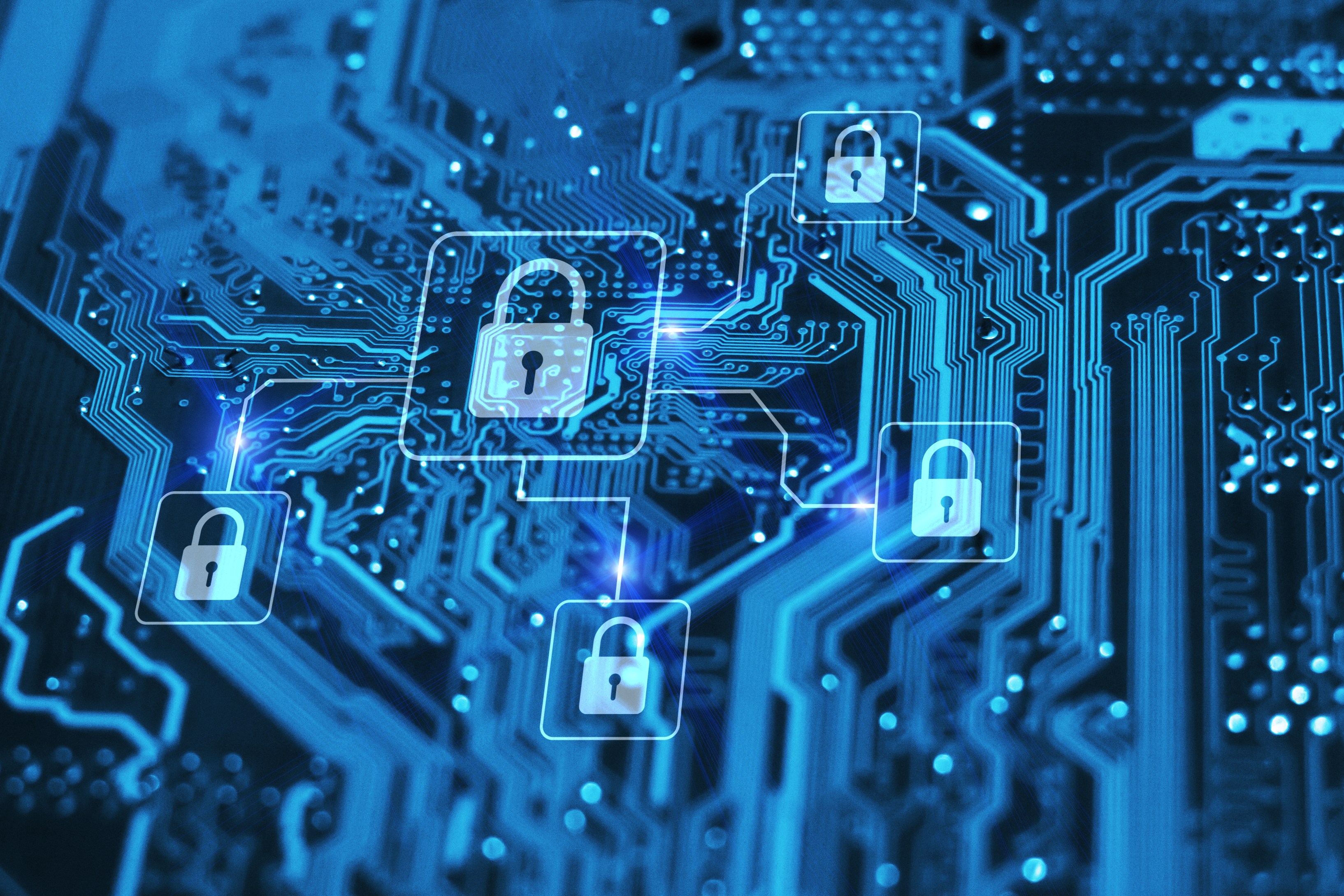From Chip to Cloud: Rethinking Cybersecurity for the Age of Smart Industry
By Presley Prescott, cybersecurity expert, Akkodis
Connectedness equals risk. That goes for all aspects of our modern, networked lives - most evidently in the industrial sphere, with devices, machines, factories and logistics increasingly intertwined. That opens a broader attack surface than before. To survive, we must think holistically.4 minutes
17th of May, 2024

The interconnected world of industrial products and manufacturing
Looking at the current threat landscape, industrial products and industrial manufacturing face complex cybersecurity issues caused by the shift toward Smart Industry. Why? Because both product and production are becoming hyper-connected. For example, a modern car is heavily computerized, connected to the network, integrating USB and Bluetooth, and transporting data backward to the Cloud.
The same goes for the factory producing it. Production lines are managed by industrial control systems connected to the network and administrative systems. Sensors monitor the condition of the machines, while complex building management systems control the indoor environment.
New approach to cybersecurity is needed
According to estimates from Statista Market Insights, the global cost of cybercrime is expected to surge in the next four years, rising from $9.22 trillion in 2024 to $13.82 trillion by 2028.
This steep increase is caused not only by more and more people interacting online, but to a large extent by the dawning of the age of Smart Industry. Consequently, IoT cybersecurity spending will grow by 16 % annually in the coming decade (Straits Research). With this new reality comes a need to rethink cybersecurity.
Conventional cybersecurity has obvious shortcomings when applied to the Smart Industry domain. As an example, copy/pasting conventional IT security directly into industrial control systems is highly risky. It will stop the industrial process, potentially putting engineering systems, physical assets and even people at risk or injury.
Instead, Cybersecurity for Smarty Industry requires a new, multi-layered, and comprehensive approach to security, able to embrace everything from chip to cloud.
Monitoring all layers
When working in the industrial sphere, all layers of products and production processes must be monitored. Conventional cybersecurity is one layer, utilizing tools like antivirus scanning software and active vulnerability scanning. Another is monitoring the manufacturing infrastructure, and yet another is monitoring the electronic boards and chips that go into the products themselves. If an adversary can backdoor an electronic board or a chip, the entire device is compromised. Therefore, a unified defense from the smallest component upwards is needed – with special attention to the layers that conventional tools do not see.
When old meets new
Cybersecurity for Smart Industry must pay specific attention to the fact that industrial companies often operate a combination of modern, state-of-the-art systems and legacy systems. Old iron runs in many places and must be protected just as thoroughly as newer systems. Typically, it is a mixed architecture: a combination of the old and hardly protectable systems and some newer ones. Replacing an old production system is complex and costly. Unfortunately, old systems tend to have a multitude of known and published vulnerabilities that pose extra challenges for adequate protection and will increase cybersecurity costs.
Adding to these pain points, Smart Industry is challenged by the same cyber security issues other domains are struggling with, among them the shortage of experts, social engineering, and the advent of AI.
Embedded cybersecurity
At Akkodis, we are currently experimenting with a new approach to cyber security in Smart Industry, addressing the issues mentioned above. We have named it Embedded Cybersecurity. Our approach centers around two main issues:
Firstly, shifting from logs to models. Leaving the traditional way of cybersecurity, sending logs to a server and writing use cases, we can now do cybersecurity based on AI models directly on a device, eliminating the middle process. We are moving away from use cases to cybersecurity models, monitoring in real-time what is going on in a Smart Industry infrastructure. We create security models from known indicators of compromise, malware, etc.; we look directly into an IoT infrastructure and can run artificial intelligence to analyze it from a security perspective.
Secondly, we holistically embed cybersecurity into products, into communication between device and cloud, into manufacturing lines, and more.
When vertical meets horizontal
Our ambition is to deliver a holistic security solution to any field in the Smart Industry domain because we know the specifics of each of them.
Combining this vertical knowledge with horizontal cybersecurity knowledge, we are taking Akkodis engineers with deep domain knowledge in various sectors and giving them training in threat intelligence, incident response, malware analysis and so on. They learn to re-engineer malware, to do threat hunting and red teaming – everything hands-on and focused on the most urgent cybersecurity topics related to Smart Industry.
In this way we are embedding cybersecurity into the solutions we are developing for our customers. And by doing that, we help them protect their assets and products better, and go to market faster – monitoring, analyzing, and automating everything, from chip to Cloud.